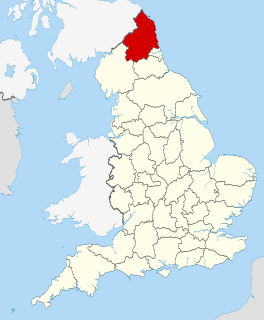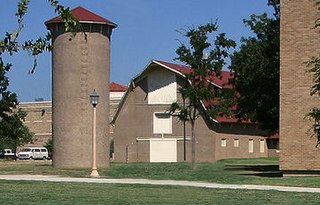
John Donaldson (1799–1876) was Scottish agriculturalist, professor of Botany at the Royal Agricultural Training School, Hoddesdon, government land drainage surveyor, and author of prize essays works, [1] best known as author of the 1854 Agricultural Biography. [2]

Botany, also called plant science(s), plant biology or phytology, is the science of plant life and a branch of biology. A botanist, plant scientist or phytologist is a scientist who specialises in this field. The term "botany" comes from the Ancient Greek word βοτάνη (botanē) meaning "pasture", "grass", or "fodder"; βοτάνη is in turn derived from βόσκειν (boskein), "to feed" or "to graze". Traditionally, botany has also included the study of fungi and algae by mycologists and phycologists respectively, with the study of these three groups of organisms remaining within the sphere of interest of the International Botanical Congress. Nowadays, botanists study approximately 410,000 species of land plants of which some 391,000 species are vascular plants, and approximately 20,000 are bryophytes.

Hoddesdon is a town in the Broxbourne borough of the English county of Hertfordshire, situated in the Lea Valley. It grew up as a coaching stop on the route between Cambridge and London. It is located 3 miles (5 km) West of Harlow 4 miles (6 km) southeast of Hertford, 5 miles (8 km) north of Waltham Cross and 11 miles (18 km) southwest of Bishop's Stortford. At its height during the 18th century, more than 35 coaches a day passed through the town. It saw a boom in the mid 20th century as gravel was extracted from the area, but was exhausted by the 1970s. The lakes and water pits left behind have been used as leisure amenities. Today, Hoddesdon has a little light industry but is mainly a London commuter belt town. The town hosted the eighth Congrès International d'Architecture Moderne in 1951. It is twinned with the Belgian city of Dinant.

Surveying or land surveying is the technique, profession, and science of determining the terrestrial or three-dimensional positions of points and the distances and angles between them. A land surveying professional is called a land surveyor. These points are usually on the surface of the Earth, and they are often used to establish maps and boundaries for ownership, locations, such as building corners or the surface location of subsurface features, or other purposes required by government or civil law, such as property sales.








